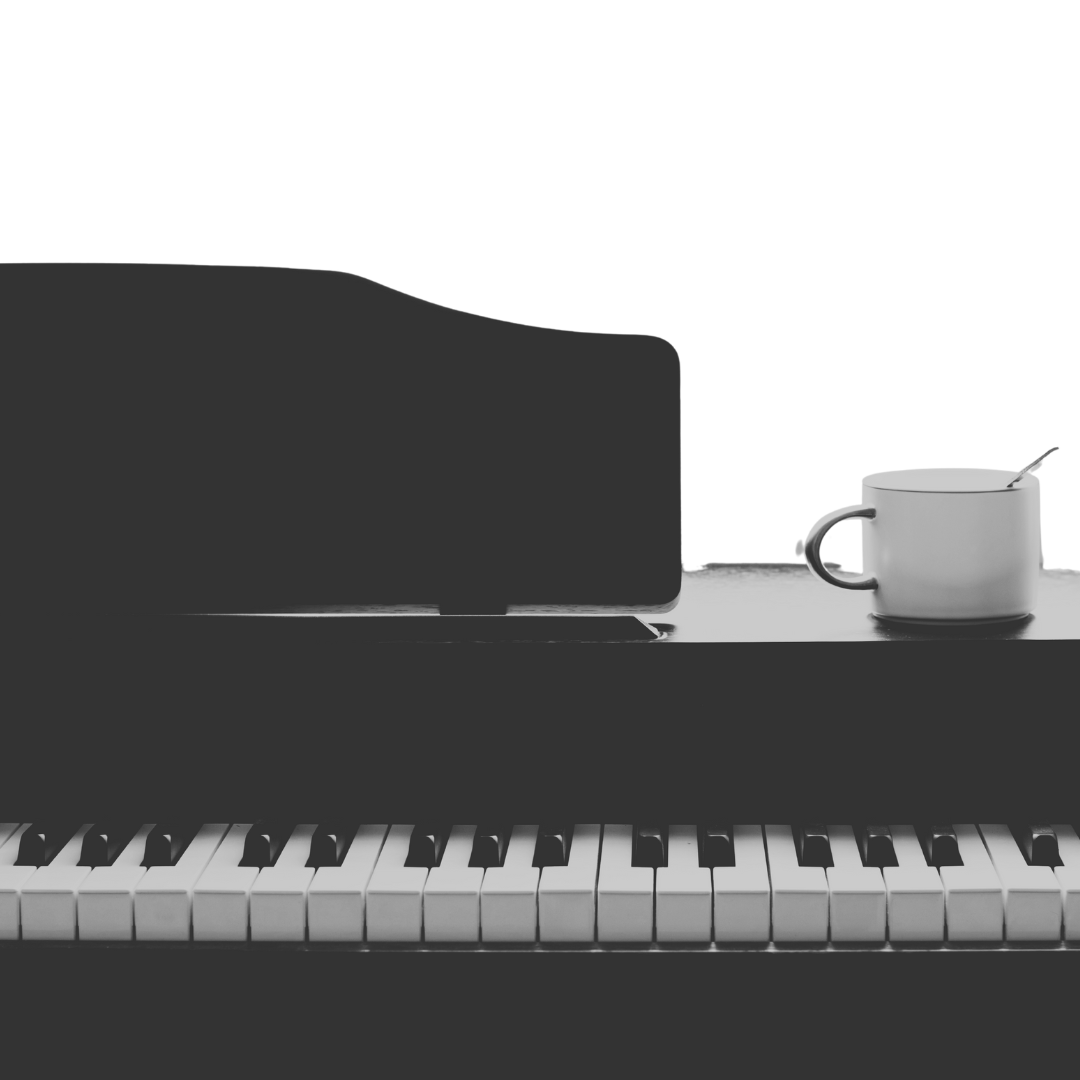This audio recording investigates the timing of four parts of the breath: inhale, hold, exhale, hold. It accompanies the Six Rhythmic Breathing Etudes, which are six short studies for studying the art of breathing while playing.
In the Six Rhythmic Breathing Etudes, the contour of the music sometimes aligns with the suggested pattern of breathing and at times it goes against it. The recorded lesson below gives the pianist an opportunity to get more familiar with how they breathe, away from the piano first.
The Six Rhythmic Breathing Etudes
The Six Rhythmic Breathing Etudes are available in the Digital Library. The compositional styles of the pieces are contemporary with Romantic and Impressionistic influences, and the difficulty ranges from intermediate to advanced. The set of pieces are approximately ten minutes in length, but the final length will depend on the performer’s tempo of choice. The pieces are intended to be musically rewarding and suitable for performance.
About the Pieces
Breath Perception - This slow and Satie-esque piece sets the stage for learning. Observe how the breath changes between slow and fast passages.
Hyperventilation - In 6/8, this quick and playful piece contrasts fast paced breathing patterns with slower breathing patterns.
A Box to Hold the Breath - This piece explores breath holds in a pattern of four breaths in, hold for four, four breaths out, hold for four. The contour of the melody aligns with the breathing pattern for most of the piece. The tempo is highly variable, as it depends on the performer’s comfort with breath holding.
Polyrhythmic Breathing - This slow waltz is a study of three against two and four against three polyrhythms and how the breath fits into those rhythmic patterns. A chromatic baseline and singing melody make it a rewarding choice for students of all ages looking to become more familiar with polyrhythms.
To the Left - This piece explores the challenge of moving to the very lowest notes of the piano. Large leaps unfold slowly at first, but are faster and more demanding in the middle section. The annotated score includes suggestions for how to use the breath and body to find ease in large, whole body, movement at the piano. It opens with flowing sixteenths with pauses on the lowest notes of the piano at the end of each phrase. The harmony is something of an homage to Debussy’s La cathédrale engloutie.
Obstacles - The final and most difficult etude explores the breath when confronted with ever increasing challenges, or obstacles. Super fast scales and arpeggiated chords are throw into a moderately paced cheerful piece in A flat major.
Praise for the Breathing Etudes
“After studying the Breathing Etudes, I noticed an expanded awareness of my breath while playing other pieces. The etudes taught me how to breathe comfortably in different ways, so that these techniques could be applied to any repertoire. ”
— EVA SAUVE, PIANIST
“Noticing my breathing helps me to stay in the present moment. When playing the piano, I tend to take breath between musical phrases, on some of the rests and pauses. However, I have never paid this much attention to my breathing until I encountered Katie’s Breathing Etudes. I start to play these Etudes with my own natural breathing patterns. The process of considering how to breathe while playing makes me delve deeper into the analysis of musical phrase, harmony, and musical structure as I need to experiment various ways to breathe. As a result, my playing is more musical and thoughtful. At the same time, the awareness of my breath eases up my habitual shoulder and neck tension.
Katie later offers a version of her Breathing Etudes with breathing suggestions. These creative, open-ended questions and reminders open up endless possibilities for me to explore various options according to our individual tastes, physical comfort and breathing habits. The tempo and character in my playing changes as I breathe differently. I have fun trying out her suggestions and am more aware of how my physical gestures, breathing patterns, and musical rendition relates. Learning Katie’s Breathing Etudes inspires me to apply these ideas to my own repertoire and teaching, being mindful about each musical moment through breathing and guiding my students to be thoughtful and relaxed musicians. ”
— XING JIN, DALCROZE EURYTHMICS AND PIANO INSTRUCTOR

